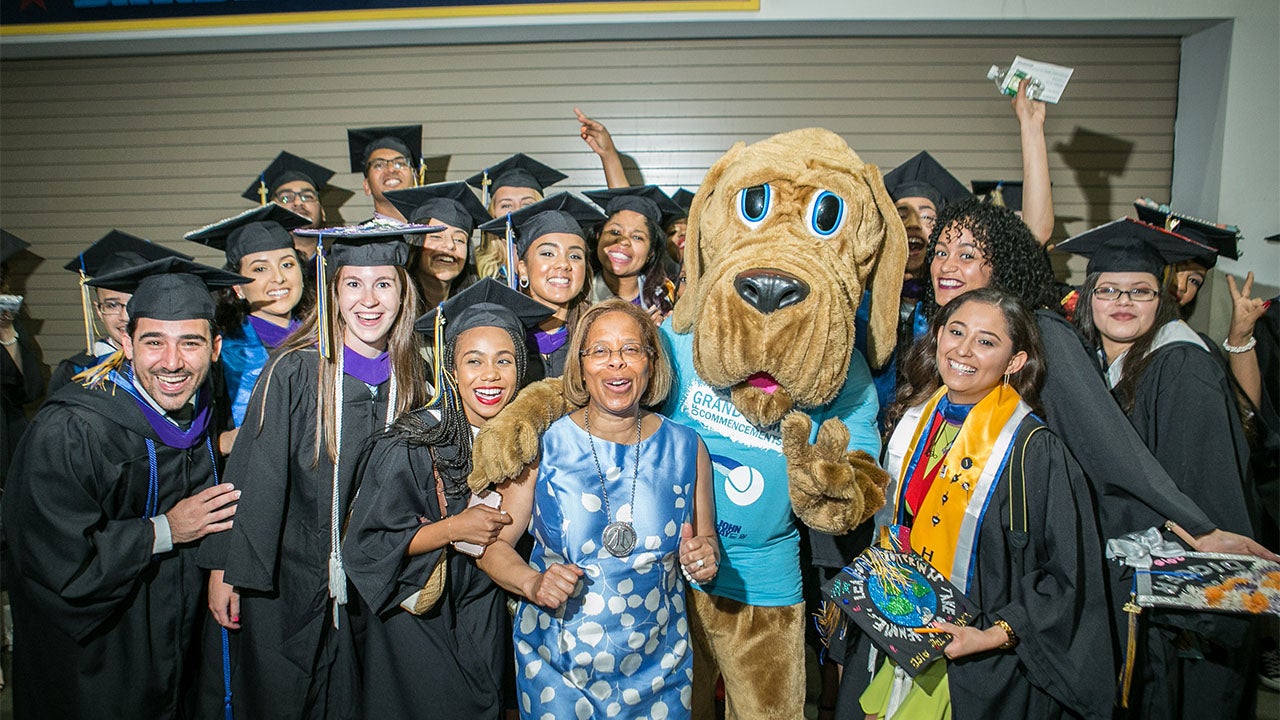Sal Khan is founder and CEO of Khan Academy, a nonprofit that provides free online education. He will speak in the Aspen Ideas Festival program track, Staying Human in a High-Tech World. Below he answered our questions about the
More than 60 million registered users utilize Khan Academy. Who are these people?
Our target users are students, from elementary school-aged kids all the way through college students. Some are visiting the website for help, to understand what’s going on in class or prepare for a test. More and more, we’re seeing students who are coming in, directed by teachers to use Khan Academy to learn at their own pace, or they’re doing their homework on Khan Academy. Right now it’s about two-thirds North America, one-third the rest of the world. And even though our target users are kids, a lot of adults use Khan Academy. They’re parents who are trying to help their children, or teachers. Or it might just be people curious about learning!
Khan Academy is being used in school classrooms. What does that look like?
It’s still early days, but all trends look very exciting. When Khan Academy became a real organization in 2011—when we were able to hire up and get offices—some of the local school districts here in Northern California were interested in using our, at the time, fairly primitive tools. They saw some really powerful gains in terms of allowing their students to learn at their own pace. Ever since then, more and more districts have been using Khan Academy. What’s exciting right now is that we have some very large, diverse school districts doing efficacy studies with Khan Academy that look very promising. In particular, Long Beach, a school district that encompasses a major chunk of Los Angeles, has a number of students recieving free or reduced lunches (National School Lunch Program). In the study with Long Beach, we’re seeing very promising results. We’ve been working with Orange County Public Schools in the greater Orlando, Florida area, as well. And we’ve been working outside the United States. In Brazil, the Lemann Foundation has been doing some really neat things in thousands of local classrooms. As far as I know, nothing else in education has been able to move the dial in a measurable way with districts like the ones we’re working with.
How does a hedge fund manager become an educator?
The common narrative around it is, “This guy kinda fell into it.” That’s true, on some level. But education has always fascinated me. In high school, I was a peer teaching lead and saw that if you allowed students to get more one-on-one time with a teacher, students who doubted their abilities in subjects like math and science did a fine job. Then in college, even though my majors were in math and computer engineering, I ended up doing a lot of work around using software to help people learn. After attending business school in the late 1990s, I began working for a hedge fund. One day my cousin Nadia asked for help with her school work, and I agreed. I thought it would be a fun way for me to connect with family, and my passion for education. She was in New Orleans and I was in Boston so we worked on the computer, remotely. Even at the hedge fund, I would tell my boss, “I enjoy this job, but my goal is to eventually start my own school.”
At the Aspen Ideas Festival in 2010, Bill Gates said on stage that he was using your videos to teach his child. What happened after that?
During the presentations I deliver today, I actually show my audience that moment at the Ideas Festival. It was the summer of 2010 and I was working out of my walk-in closet and living off of savings. Khan Academy had received some support but it was really just enough for me to get by. It was a stressful time. I was running a summer camp and using the software so that I could observe the kids learning at their own pace. Then, all of a sudden, I received word that former Aspen Institute President Walter Isaacson was interviewing Bill Gates, and Mr. Gates was talking about Khan Academy. You can imagine how I felt when I saw the on stage footage! A few weeks later, I heard from Bill Gates’ office. Later that year, Mr. Gates and Google became our most significant supporters.
You’ve said in the past that the traditional educational process is broken. Will you explain?
When I say traditional, I’m going back two, three hundred years. Then, very few people received an education. Those who did get an education—the wealthy class—would hire private tutors to gauge a learner’s ability, wait for them to learn something new, and ensure there were no gaps in subject areas. Then, a great idea transformed our planet—and it doesn’t get enough credit! At the time of the industrial revolution, people in the United States, United Kingdom, Germany, and Japan decided a more educated population was needed. The idea of a free education for the public was born! It’s no coincidence that these countries were the first to industrialize, develop, and become wealthy countries. We have learned, though, that the only economical way to educate everyone is to run our education system like a factory: educate 30 students at once, with one teacher, and move them through school together with a set pace and curriculum. This model had problems from the beginning, but it has particular challenges today. No longer are we a pyramid of the industrial revolution, where more labor than information-processing work was needed. Now, technology and artificial intelligence is where a growing number of jobs exist. To educate students for this changing environment, personalization is key. The reason so many kids struggle in subjects like algebra and calculus isn’t because the subjects are difficult or the students aren’t bright. It’s because, especially in math and science, the subjects are cumulative. If you struggle with algebra, you may have trouble with physics and chemistry. If we allow students to fill in those gaps at their own pace, we’re seeing students get through these “weeder” courses.
If we had said twenty or thirty years ago, “Let’s personalize education for everyone,” the notion would have felt utopian. How do you do that economically? But the types of tools Khan Academy is trying to create, both for independent learners and for teachers, makes it doable.
How does technology humanize the classroom?
This is something I feel strongly about. For a very long time, people have wanted to use technology in classrooms for technology’s sake. When I was a student, there was a computer lab but the computers would gather dust. Fast-forward to today, school districts are buying tablets and other technology, but they don’t have a good sense of how to use them. Technology should be the means, not be the end. Software tools allow students to learn at their own pace and provide data to help teachers determine where a student stands in a certain subject. Let’s also use these tools in service to personalization.
There’s a stereotype that if you use technology, you’re going to be like the kids on Vulcan, where there’s just data being piped into their heads. But if you’re able to use technology so the information dissemination and the practice is happening outside the classroom or in conjunction with the classroom, than it frees up the teacher to do more focused interventions. It’s not just teachers who benefit. In most of my classrooms as a kid, we weren’t allowed to talk to our peers. You had to sit passively and listen. Now, in classrooms that do personalization well, you are encouraged to talk to your peers and explain concepts, which is the best way, frankly, to learn.The teachers are able to form deeper bonds and connections with their students, which I know teachers love. That’s why they went into the profession.
The views and opinions of the author are his own and do not necessarily reflect those of the Aspen Institute.


